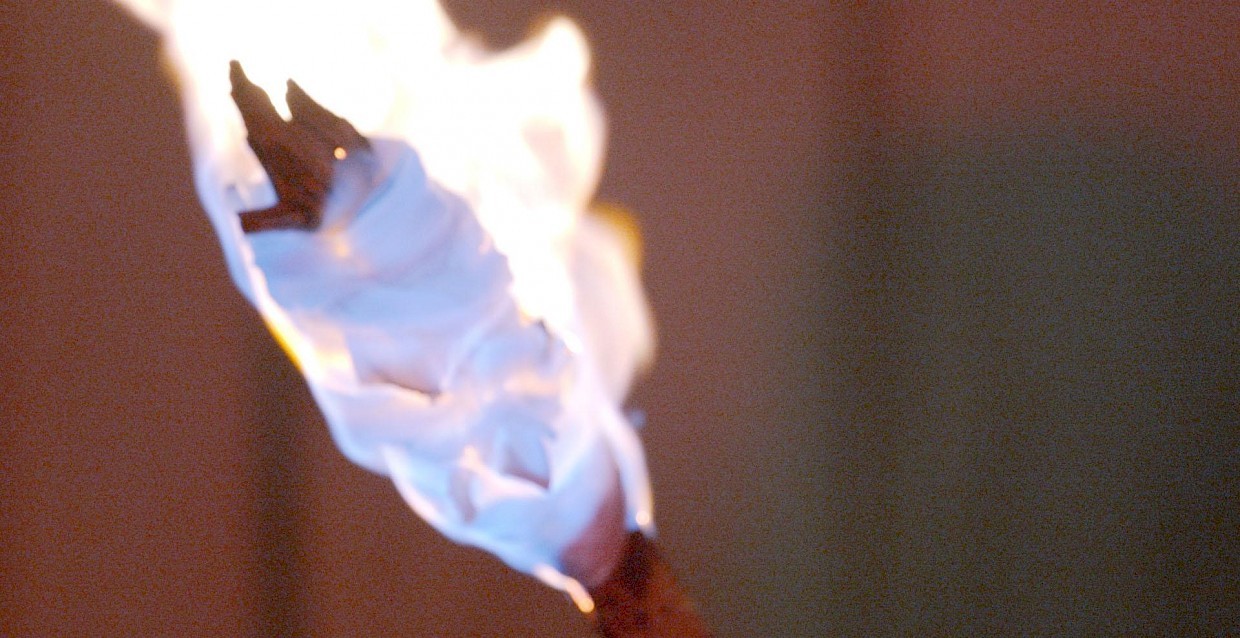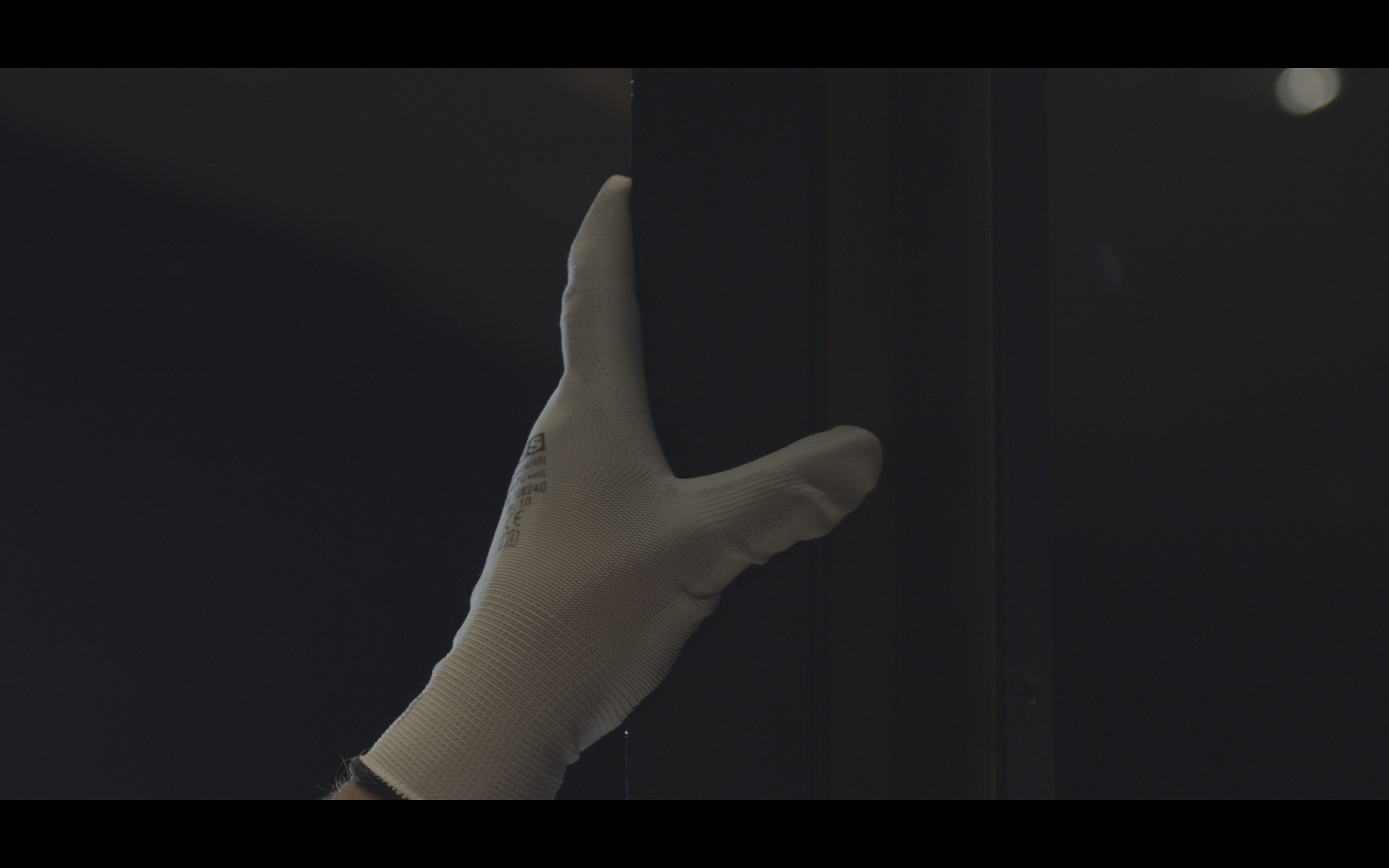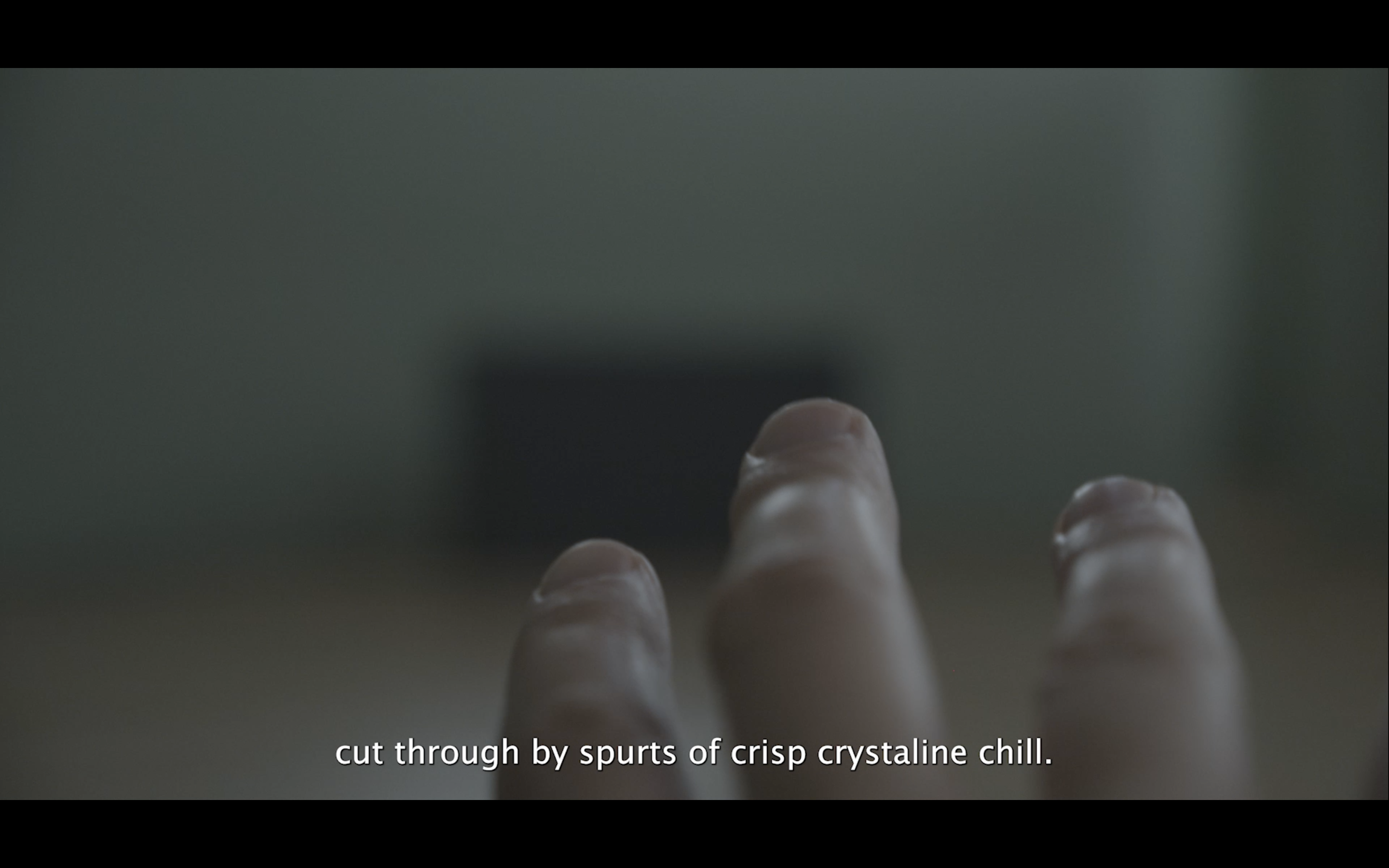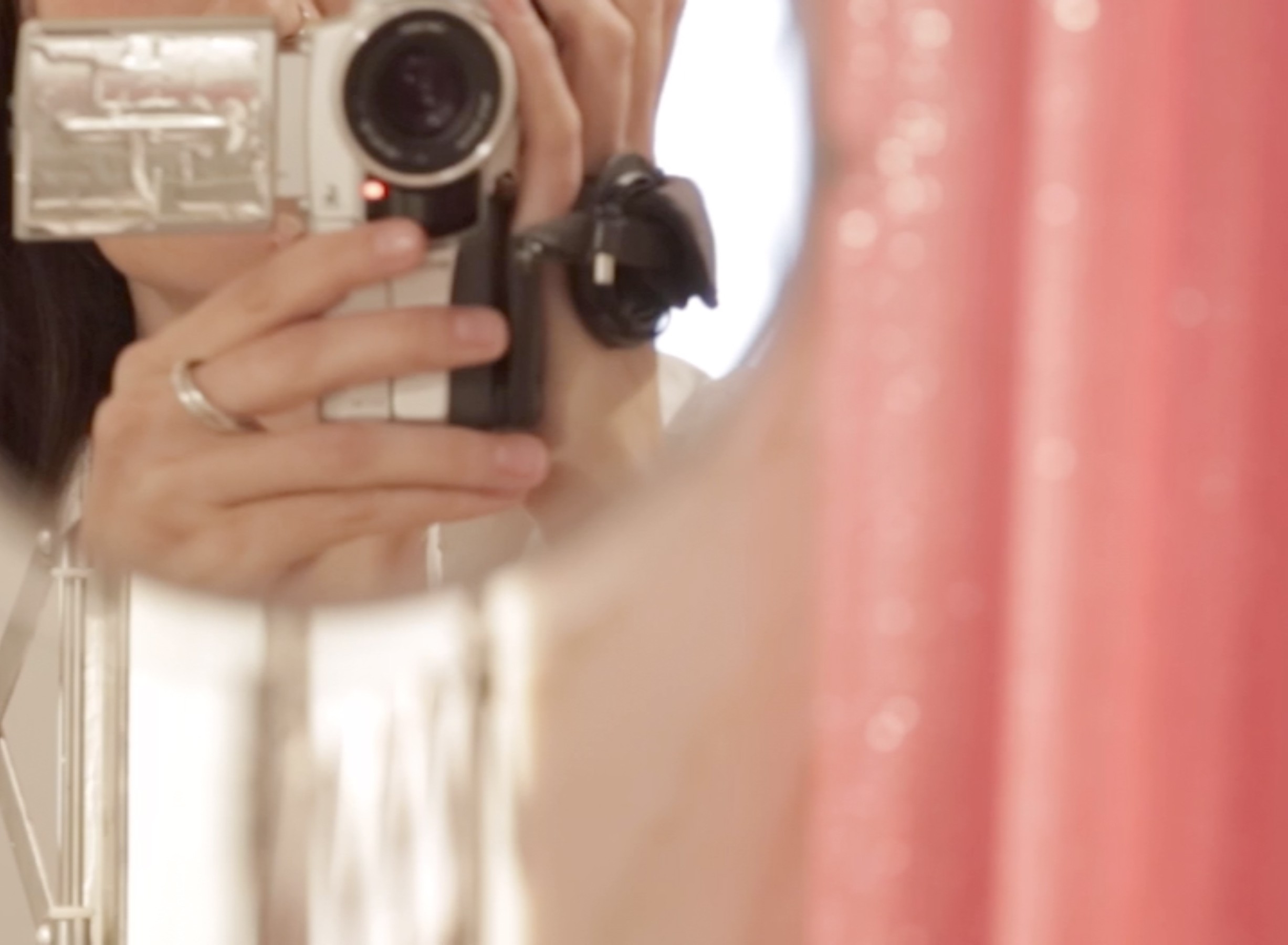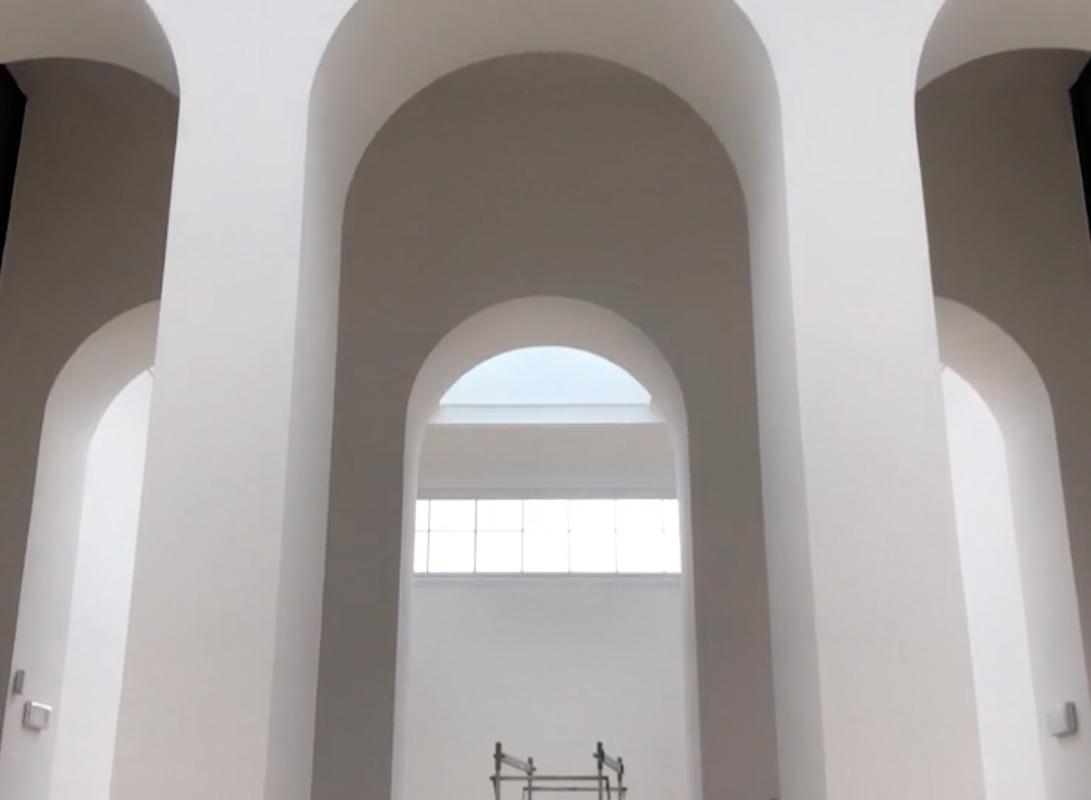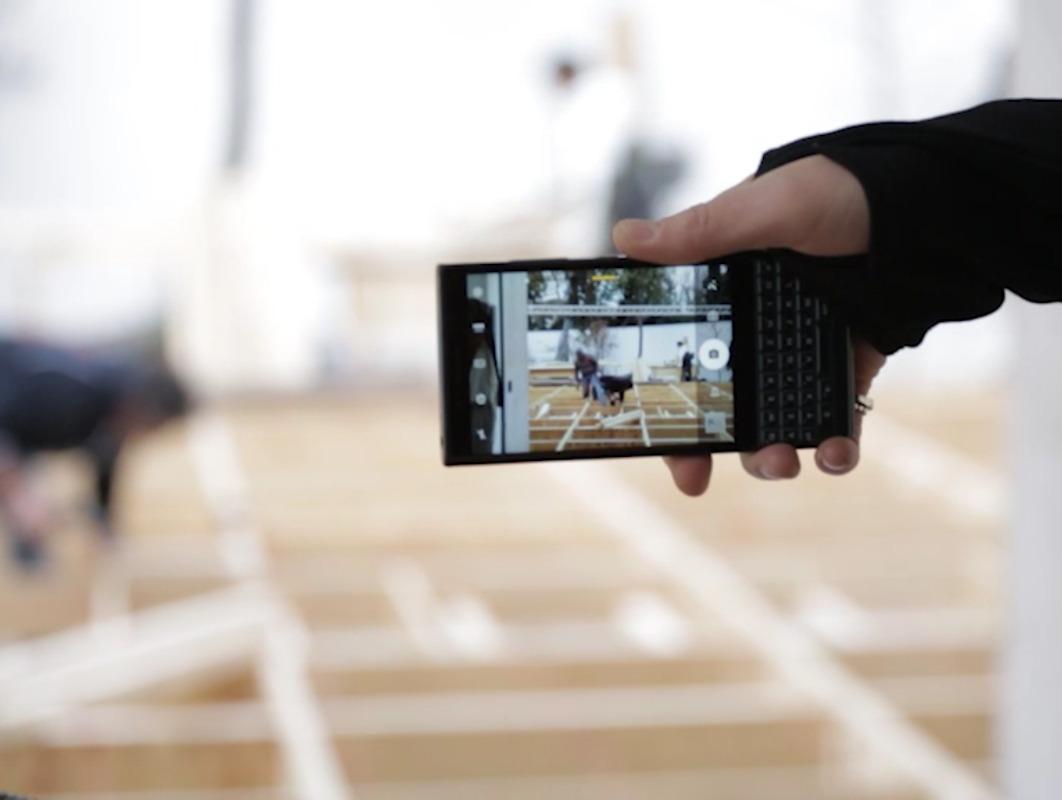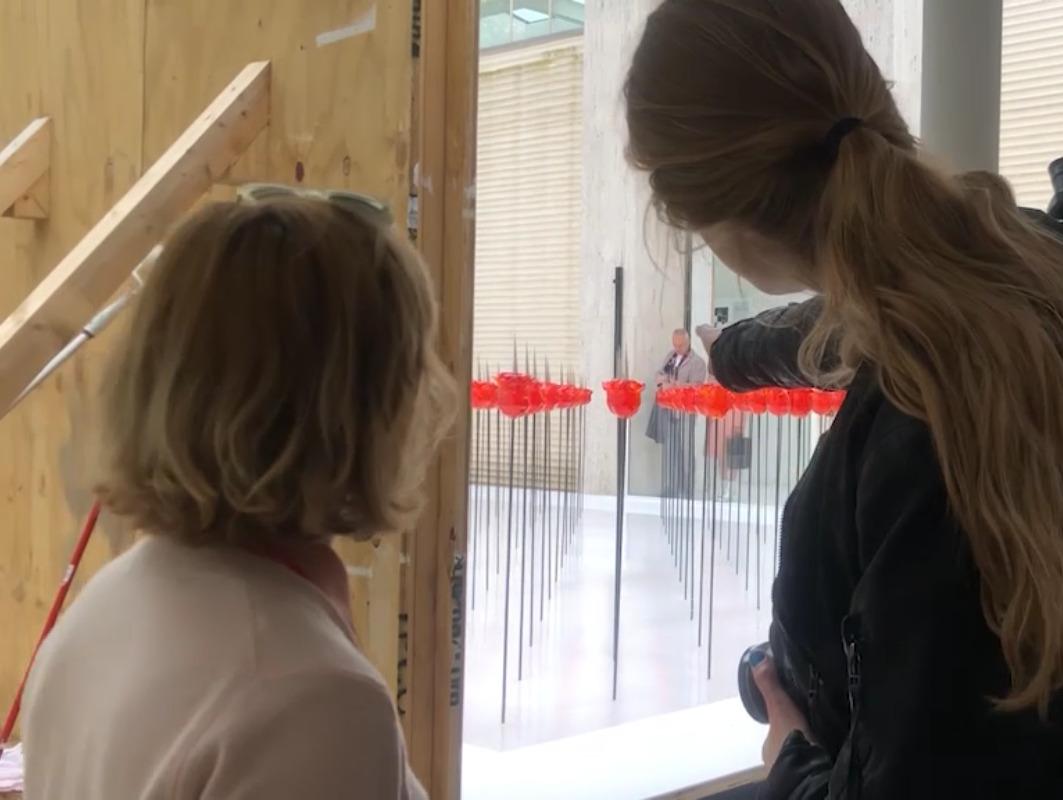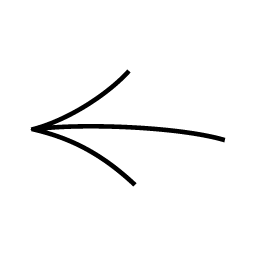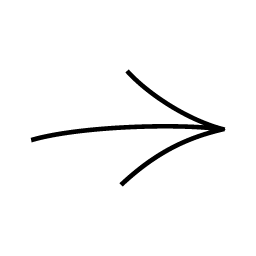2020
HD, Mini-DV digitalized
52’
teaser
The film this year’s girl shows the fictional collective images of / off images at their work as a commissioned team of photographers and filmmakers for the Austrian Pavilion at the Venice Biennale 2019. The collective – the filmmakers themselves – become observers of their own observations. From a kaleidoscopically nested perspective, the film shows how blurred the boundaries are between commissioned and freelance art, documentation and fiction, working time and private time, the sense of belonging and not belonging, and collaboration and individual work.
About this year’s girl or
“…if you see us, we see you, so you can’t see yourself”
Juliane Saupe
Admiration and desire for one another as well as for the material and technical devices is inherent in every image we see. The camera / the technical eye; the gaze / the human eye is often sliding. We see long glances, busy hands and gestures, queer flirtations between humans as well as non-humans: A fag god shirt plays an important role, so too does a glamorous pink shower curtain.
“…and I’ll focus on your eye and not your camera eye, I think”
Watching İpek Hamzaoğlu, Laura Nitsch and Sophie Thun doing their work, through their cameras, tracing each other, as much as they trace other people’s gaze, is rather personal. And at the same time we are following filmmakers doing their job: Departing from a commission to artistically accompany the implementation of the Austrian pavilion during the Venice Biennale 2019 and its representative artist Renate Bertlmann, this year’s girl becomes a film on making moving images together, as artists and friends, professionally and collectively. The three filmmakers unravel as protagonists of their own material – besides Renate Bertlmann – they become this year’s girl(s) as well; a circumstance perhaps not everyone within the audience might recognise: As a spectator we are thrown into a reference system where some of the tools for decryption might be missing, making the film a very intimate fragment. In parallel, it shows the prestigious aspects of this high-attention-economy-event – with all of its camera teams and expertisms – which the filmmakers are part of as well. Still, it remains vague, as if it’s either in ironic distance or in admiration for this specific part of the art world, or both. When for instance, the camera follows Renate Bertlmann while walking performatively through the Austrian pavilion (always focusing slightly more on the fuss around her then on the artist herself) or when the camera of the collective seemingly coincidentally tracks the police and their guard dog while patrolling the area of the closely monitored Biennale. “…if you see us, we see you, so you can’t see yourself” this year’s girl(s) seem(s) to friendly tease the audience, being somehow subtly mocking and simultaneously speculative. This impression manifests itself when the filmmakers and one of their friends engage in a somewhat confusing conversation, inducing ambiguity about whether the material of the film is fiction or documentary. The rhythm of the film is surprising and coquettish, always oscillating between a commissioned work, documentation, and an essay film. It is a – possibly fictive – disclosure in every sense: The focus is on the collective, the technical equipment, their friendship, and on the backstage scenes of the Biennale. Ipek Hamzaoğlu, Laura Nitsch and Sophie Thun chose frames, which often seem to be slightly “off” and therefore signify the things which are rendered often invisible – just like all of the labour “behind the curtains”: The filmmakers put a spotlight on the working processes before a Biennale opens, towards what is normally made invisible, such as the construction work or the photo shoot in preparation of a press release. Their perspectives stage the Austrian pavilion, its lights and axes in different rhythms, sometimes even fetishising the inanimate things we see: Lots of scenes stage various cameras, they become more than just devices. Cameras – and the imagery they record – feature as prominent protagonists throughout the fifty-one minutes. The film itself is mainly shot by “unprofessional” or “outdated” cameras for home use just like MiniDVs and smartphones. The intertwining privateness and professionalism is integrated not only in the way the film is shot but also within the material of the film itself. Grainy recordings make the images as blurred as the division of labour between all of the protagonists, including myself. “This is so much about not seeing” this year’s girl is about modes of seeing and not seeing – vagueness and interlacing images deconstruct the desire to fully grasp what’s occurring on screen, and question individual authorship. Works of other Biennale artists such as Kris Lemsalu’s Birth V Hi and Bye from the Estonian pavilion 2019, and Dorit Margreiter’s Pavilion from the Austrian pavilion ten years earlier, are mixed in like short quotations and – among other things – highlight the history of queer and feminist encounters in the Austrian pavilion. Katharina Aigner was already featured as a performing artist in the work by Dorit Margreiter and is now appearing in this year’s girl as a collaborator behind the camera, the scattered roles of all of the people involved once again become briefly visible.
İpek Hamzaoğlu, Laura Nitsch and Sophie Thun weave their networks of friends, accomplices, associates and references over time and space. Chronology is as fuzzy as it is sometimes incomprehensible: It often remains unclear what is being filmed, with what kind of device, and by whom. This is the multitude come to life in manners and modes of working together: Positions and styles change and overlap, always a bit uncertain and opaque, as is my position to write this text, to be a protagonist in the movie and to sing in one of the scenes depicting the choir Mala Sirena. Being part of a choir is just another way to work collectively. Where the result becomes so much more than voices adding up, in other words, one voice upon another voice upon another voice. Rather, they rise in a polyphony together that becomes a body larger than their individual parts. The camera – sometimes in the rhythm of the choir’s sound – pans across the room, at times almost beyond recognition, just to stop on one of the faces. The imagery could be read as a metaphor for modes of listening to a choir, where only rarely a singular voice can be distinguished from the multitude. Only plurality is able to create this specific kind of music, and more distinctly, this very specific kind of film.
“Ok, its enough recording, ciao girls”
Juliane Saupe
Directing/Camera/Editing: İpek Hamzaoğlu, Laura Nitsch, Sophie Thun
Additional Camera: Katharina Aigner
Sound Editor: Theda Schifferdecker
Re-recording Mixer: Lenja Gathmann
Music by: Mala Sirena
Appearances: Katharina Aigner, Ana Berlin, Renate Bertlmann, Reinhold Bertlmann, Leander Gussmann, İpek Hamzaoğlu, Daniela Kammerer, Laura Nitsch, Jule Saupe, Felicitas Thun-Hohenstein, Sophie Thun and Mala Sirena
Supported by: Federal Ministry Republic of Austria Arts, Culture, Civil Service and Sport, Wien Holding, Stadt Wien, Academy of Fine Arts Vienna


